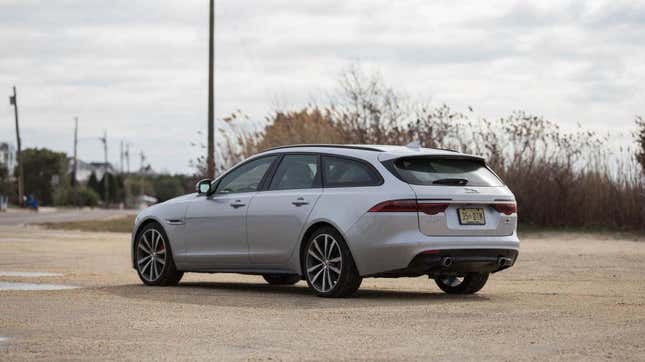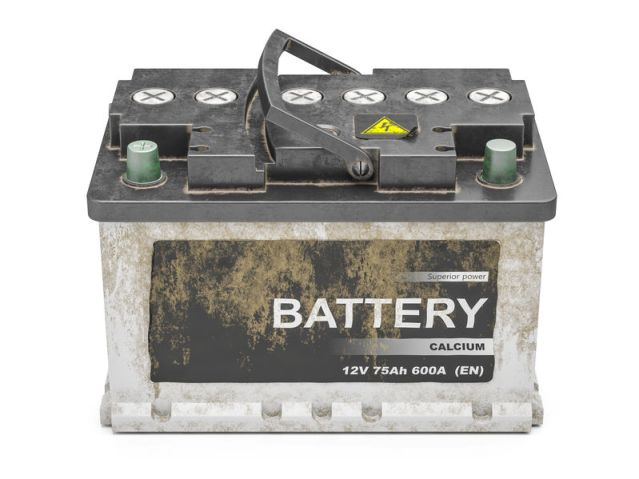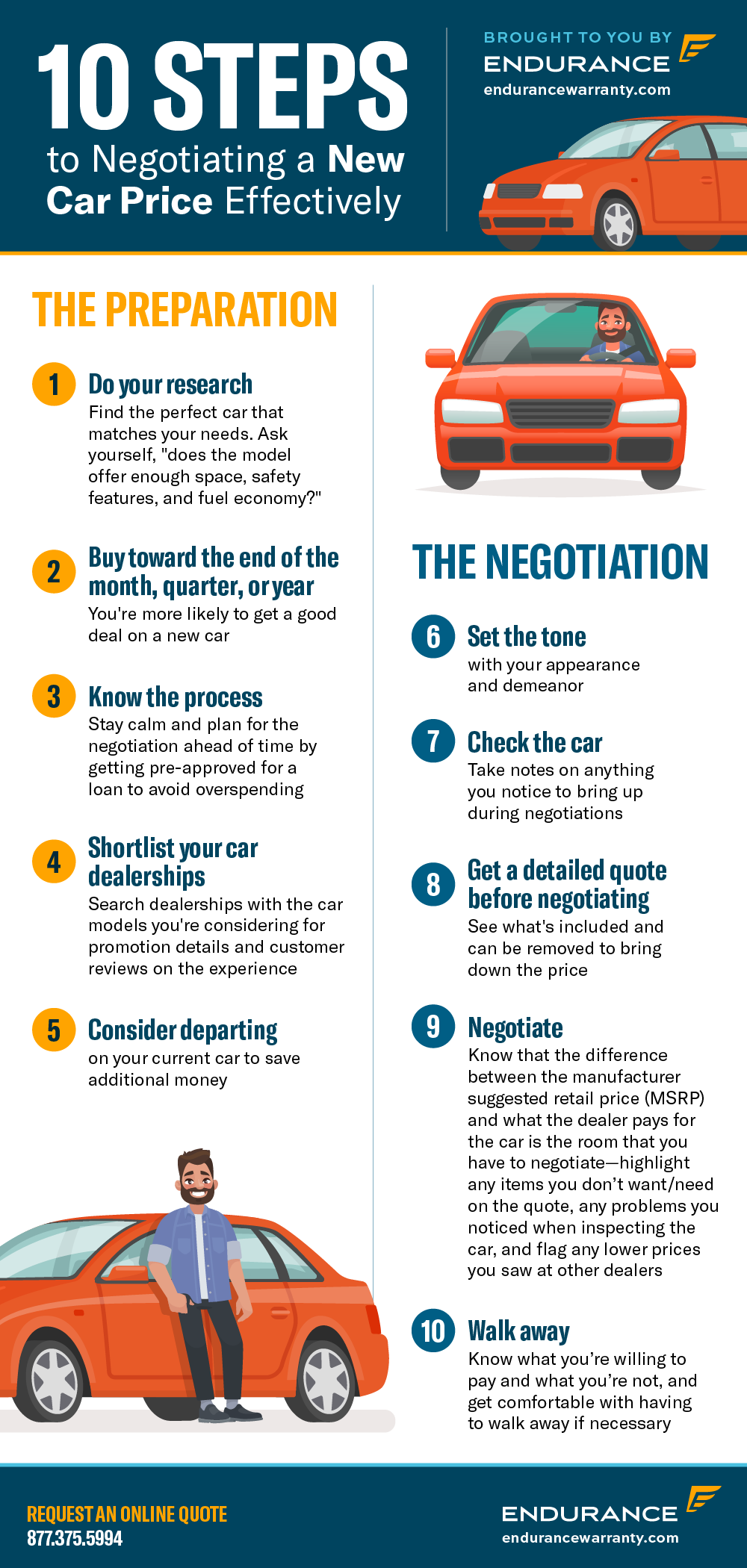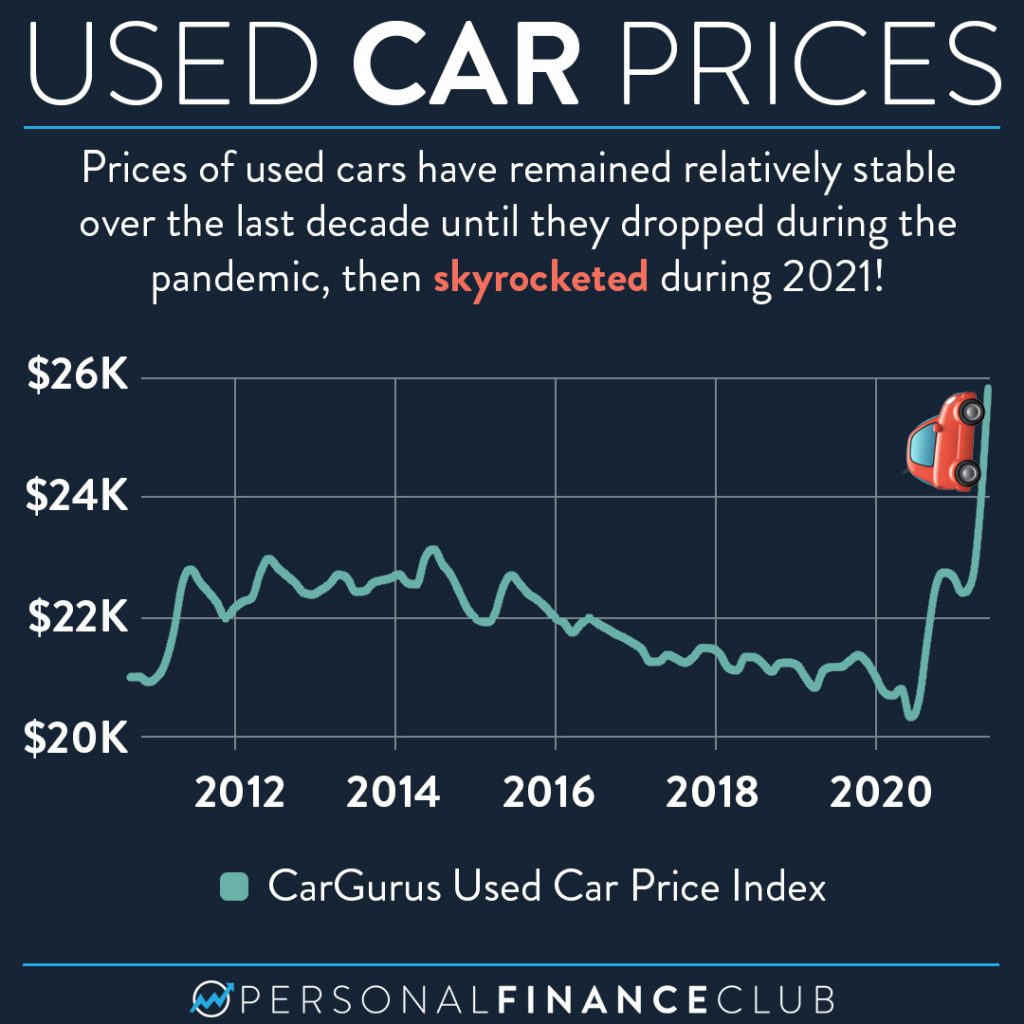How Much Will Dealers Come down on a Used Car
Dealers may reduce the price on a used car by a few hundred to several thousand dollars. The amount varies based on the vehicle’s condition, market value, and inventory levels.
Seeking a new car? The forecourt may be your oyster, yet navigating the sea of used car prices requires strategy. Dealers operate on a blend of business acumen and artistry, with the twist of negotiations influenced by factors such as car age, mileage, and supply-demand dynamics.
Seasoned shoppers know that researching a vehicle’s market value—through tools like Kelley Blue Book or Edmunds—strengthens their bargaining power. With an informed approach and a dose of confidence, you might significantly chip away at that sticker price. Remember, every dealer aims to close deals; your savvy negotiating could lead to your next automotive jewel at a cost that doesn’t break the bank.
The Art Of Negotiation In The Used Car Market
Purchasing a used car can feel like a chess match. The key to success is understanding the rules of negotiation. Mastery of this strategy can lead to significant savings. Engaging with sellers requires insight into the market and a solid game plan.
Key Factors Influencing Used Car Prices
- Vehicle condition: Mileage, maintenance history, and cosmetic state.
- Market demand: Popularity and availability of the particular model.
- Economic trends: Current interest rates and consumer buying power.
- Dealer inventory: Overstock may lead to better deals.
Each factor impacts the final asking price. A car with low mileage and a pristine service record might fetch a higher price. Conversely, models with less demand may see price reductions.
The Role Of Negotiation In Car Sales
Negotiation is a dance between buyer and seller. Beginning the dialogue with research and respect sets a positive tone. Open conversations about car history and pricing create trust.
Understanding the seller’s position helps in finding common ground. Emphasize mutual benefits, like a quick sale for the dealer and a fair price for the buyer.
Constructive negotiation involves:
- Starting with a reasonable counteroffer.
- Referencing similar models and their prices.
- Being prepared to walk away if necessary.
Remember, dealers are likely to come down on price. Maintaining a courteous approach may result in a win-win outcome. Up-to-date knowledge of the used car market enhances bargaining power.
Initial Price Tag Expectations
Entering a dealership, the initial price tag on a used car sets the stage. It’s the starting line for what’s often a negotiation marathon. It’s important to decode this number. Understand that several factors contribute to it. Clarity on these elements can guide you through to a deal that benefits both you and the dealer. Let’s untangle the web of pricing for pre-owned vehicles.
How Dealers Price Used Cars
Dealers put a price on a used car based on various elements. These include the car’s condition, market demand, and historical sales data. They also consider reconditioning costs necessary to make the car sale-ready. The initial price tag reflects these aspects with a markup. This markup ensures the dealer earns a profit when the car sells. Understanding this is crucial before entering any price discussions.
Understanding The Starting Point For Negotiations
The sticker price isn’t just a random number. It’s an invitation to start a conversation about the value. Recognize this price as the dealer’s first offer. Be ready to discuss it with these points in your negotiation arsenal:
- Research the car’s value using tools like Kelley Blue Book or NADA Guides.
- Inspect the car’s condition or get a professional to do it.
- Know the market trend for similar vehicles in your area.
Armed with knowledge, aim for a fair price that also acknowledges the dealer’s need to make a profit. Strike a balance where both parties feel satisfied with the deal.
Every used car has a history and a future owner. The initial price tag bridges that journey. With insight and negotiation know-how, you can shape that journey to include a fair price for your new pre-owned car.
Analyzing The Car’s Value
Understanding the true value of a used car is crucial for buyers and sellers alike. The goal is to strike a fair deal where both parties are satisfied. Knowledge is power in negotiations and knowing the worth of a vehicle provides a strong foundation.
Assessing Vehicle Condition
Inspecting a car’s condition is the first step towards an accurate valuation. Factors such as mileage, maintenance history, and overall wear and tear play significant roles in determining value.
- Mileage: Low mileage often implies less wear and better performance.
- Maintenance records: A well-maintained vehicle can demand a higher price.
- Exterior and interior condition: Scratches, dents, or interior damage can reduce value.
It is also important to check if all features are working properly. This includes the engine, transmission, and electronic systems.
Researching Market Value
Next, it’s essential to research the market value of the used car. This means looking at similar vehicles and their selling prices. Various tools are available online to help with this research.
| Resource | Purpose |
|---|---|
| Kelley Blue Book | Provides estimated values based on vehicle condition, mileage, and location. |
| NADA Guides | Offers a range of values including trade-in and retail prices. |
| Edmunds | Gives True Market Value® pricing on used cars. |
Considering factors such as supply, demand, and regional price differences enhances accuracy. Checking classified ads and dealer listings can give additional insights into current trends.
Seasonal fluctuations may also affect car prices. For instance, convertibles might be pricier in summer, while SUVs could cost more in winter areas.
Armed with this data, both buyers and sellers can enter negotiations with confidence, ensuring fair pricing for the used car in question.

Credit: www.phillong.com
Negotiating Strategies For Buyers
Walking into a dealership armed with the right negotiating strategies can significantly lower a used car’s price tag.
Understand the tactics to employ during negotiation.
Effective Communication Tips For Negotiation
To negotiate effectively, clarity in communication is key.
Always express your points concisely.
Be polite yet firm in your approach.
Non-verbal cues are powerful; maintain positive body language.
Listen attentively to the seller and respond thoughtfully.
This establishes respect and understanding in the negotiation.
Asking questions shows engagement and can reveal more room for price discussion.
For example, inquire about the car’s history or any recent services.
Avoid confrontational language; instead, use phrases like “I notice…” or “I see…” which steer the conversation without offense.
Summarize seller’s points to show active listening, then bridge to your offers.
Timing Your Purchase
Timing influences a dealer’s willingness to negotiate.
Shop towards month-end when sales quotas pressure dealers.
Visiting during weekdays over weekends can also mean less crowded showrooms and more personalized attention.
Reviewing historical sales data might show when prices drop, typically in late summer and early fall as dealers clear inventory for new models.
- End of the month: Dealers might cut prices to meet sales quotas.
- Weekdays: Less busy, more chance for negotiation.
- Late summer and fall: Older models get discounted for new arrivals.
Remember, dealers often drop prices on cars that have sat on their lot for an extended period.
Use this knowledge to your advantage.
Negotiate hard for cars nearing or surpassing the typical sales window.
With these tips, buyers can maximize their chances to secure a favorable deal on a used car.
Knowing When To Walk Away
Negotiating a used car price can be a tricky process. Knowing the right time to walk away from a deal is crucial. It sets a skilled negotiator apart from a beginner. Let’s dive into understanding when sticking around no longer serves your interest.
Recognizing A No-win Situation
At times, negotiations hit a dead end. It’s essential to spot these moments. Keep an eye out for signs that show no progress. High pressure tactics or lack of transparency are red flags. These suggest it’s time to consider leaving the table.
- Unwillingness to negotiate further
- Disinterest in discussing car history or details
- Unreasonable pricing compared to market value
A healthy negotiation leaves room for back-and-forth. A stalemate implies walking away is the smart choice.
The Power Of Alternative Options
The best position in any negotiation is having choices. When dealers know you’re looking at other cars, they’re more inclined to make a deal. Before you start, arm yourself with knowledge of similar cars and prices.
| Benefits of Alternative Options |
|---|
| Leverage in negotiations |
| Backup plans ensure peace of mind |
| Freedom to walk away confidently |
Show that you have other cars in mind. It gives you the upper hand. If a dealer won’t budge, feel empowered to move on.

Credit: jalopnik.com
Dealership Compromises And Concessions
When it’s time to find a new set of wheels, understanding how much you can negotiate on a used car is vital. Dealers have wiggle room to make deals attractive. Our focus is on areas where you might see dealership compromises and concessions.
Common Areas Where Dealers Can Be Flexible
It’s no secret that price negotiations can make or break a used car deal.
- Price: Dealers often set higher prices, expecting negotiation.
- Extras: Add-ons like extended warranties can be negotiated.
- Financing: Rates might drop to close the sale.
- Trade-ins: A dealer may offer more for your current car.
Learning these flex spots can lead to a win-win deal.
Understanding The Dealer’s Bottom Line
Each used car has a lowest possible price. It includes costs like:
| Purchase and Repairs | Overhead |
|---|---|
| Price paid for the vehicle plus any fixes. | Business costs that dealers must cover. |
Dealers need to make a profit. Realizing this helps in making a smart offer.
Frequently Asked Questions For How Much Will Dealers Come Down On A Used Car
How Do Dealerships Price Used Cars?
Dealerships typically price used cars based on factors such as market demand, vehicle condition, mileage, and location. They often consult price guides, track auction prices, and evaluate comparable sales in the area to set competitive prices while ensuring a profit margin.
Can Negotiating Reduce Used Car Prices Significantly?
Yes, negotiating can significantly reduce used car prices. Dealers usually have a markup on used cars, giving them room to drop the price. However, the exact amount they’ll come down can vary widely depending on the car’s popularity, how long it’s been on the lot, and market conditions.
What’s The Average Discount On Used Cars At Dealers?
The average discount varies, but buyers might negotiate a discount of 10% to 20% on a used car’s initial listing price. Discounts can be larger during sales or when newer models are about to replace older inventory, prompting dealers to clear out old stock.
How To Approach A Dealer For The Best Used Car Deal?
Start by researching the car’s value and current market price. Approach the dealer with this information, and express your interest clearly while remaining polite but firm. Be ready to discuss the car’s condition, any potential issues, and be prepared to walk away if the deal doesn’t meet your satisfaction.
Conclusion
Negotiating the price on a used vehicle can lead to significant savings. Dealers are often willing to adjust, but it’s not fixed. Arm yourself with research, be reasonable, yet assertive. Remember, the key lies in finding that win-win scenario where both parties feel satisfied.
Keep these tips in mind, and you’re set to secure a great deal on your next used car.



